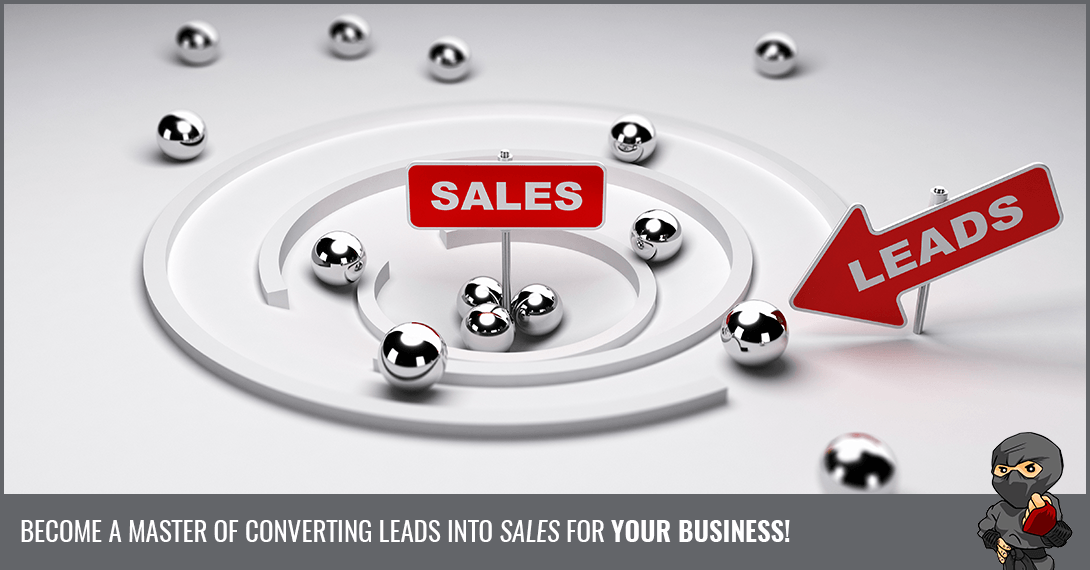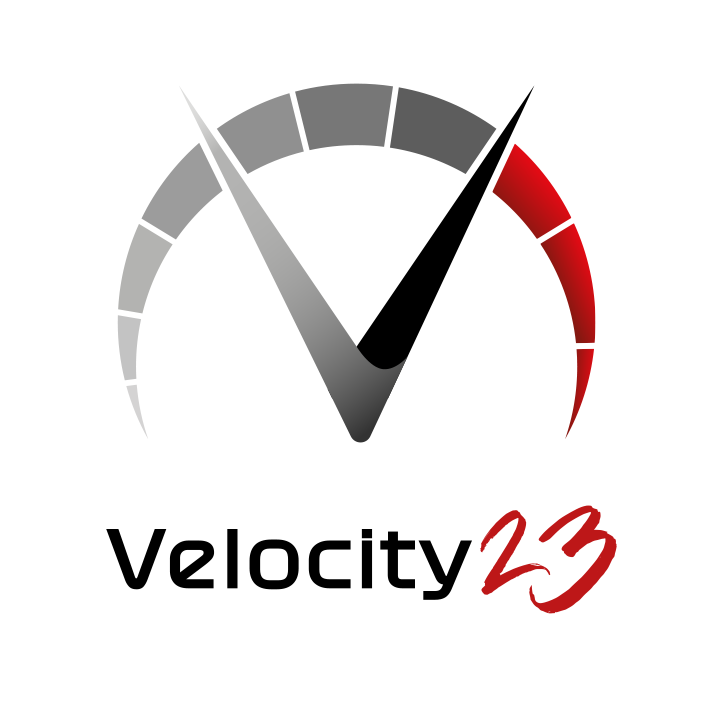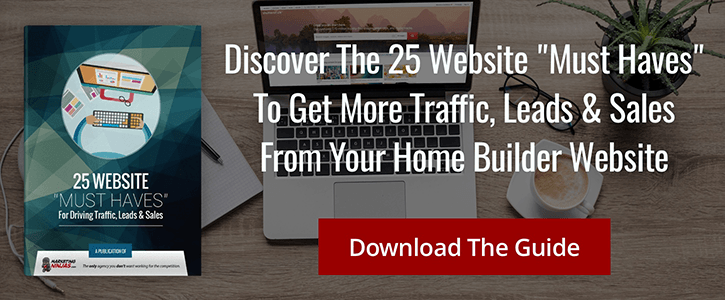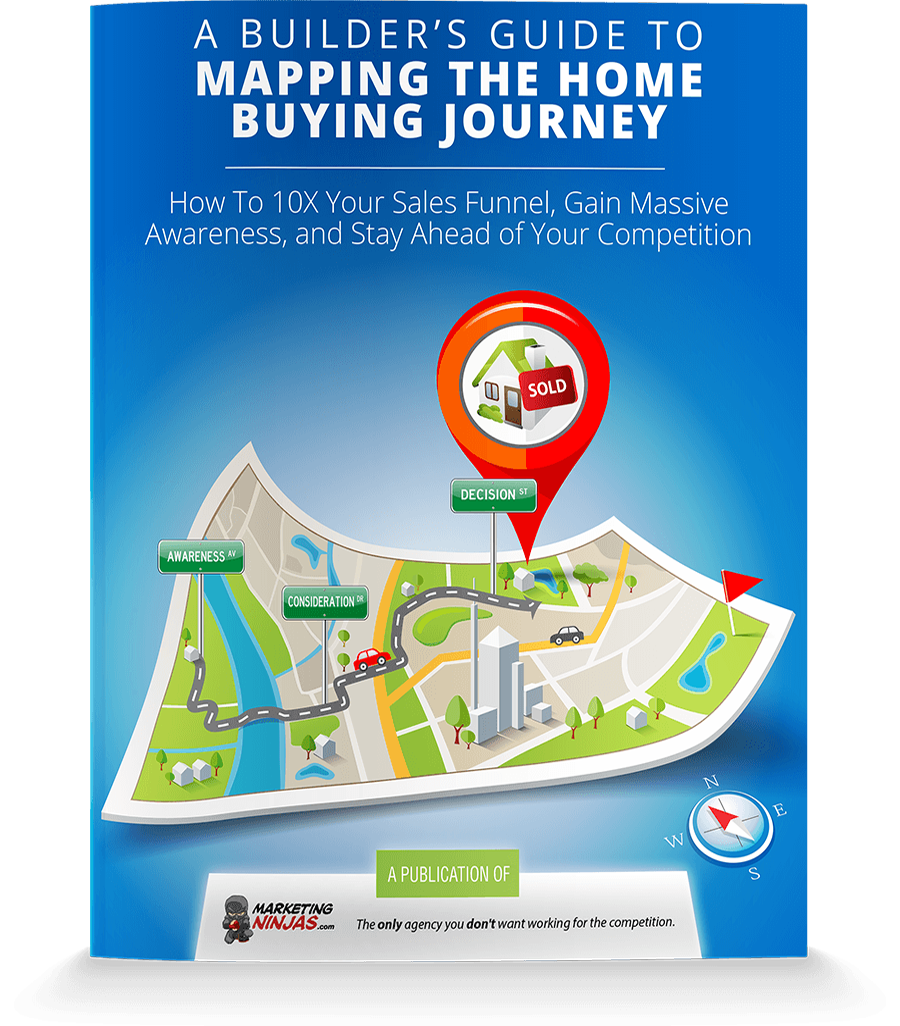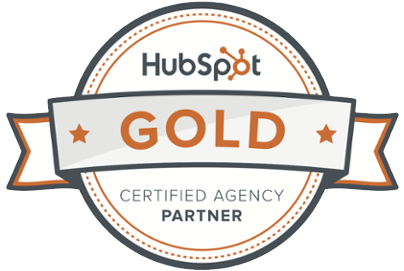Simply gathering leads doesn't do you any good. It's when you convert them into sales that you start making money. Read on to become a master of lead conversion.
Lead conversion is a tricky process, but it's a necessary one if you have any desire to make money and sell houses.
Now, there's a ton of guides to lead conversion out there. Most of them tend to focus on sales, however, and that process is a little bit different.
As a marketing manager, you need to be concerned with converting your leads if you have any hope of succeeding. How do you make that happen? That's what we're here to talk to you about.
 How to Do Effective Lead Conversion
How to Do Effective Lead Conversion
There is no one secret to lead conversion. If there were, you likely wouldn't have as many
questions about it. After all, there's an element of free will to it: if someone doesn't want your product or service badly enough, there's not much you can do to push it on them.
Luckily, most customers and businesses are searching to buy products and services, they just may not be actively doing so. And they can be swayed with the right technique. Most people aren't looking to be turned off by products.
It's a tricky game, but there are some easy things you can include on your website to make lead conversion that much easier. Remember that, to find these, your leads need to be able to navigate your site. This means that your site needs to be optimized for both desktop and mobile, as mobile use continues to increase.
If you can't pull up your website on your phone (and ensure that it looks good!), start from that end of things, rather than focusing on leads for the time being. If your website is up and ready to go, let's get down to it!
Follow the Path
Regardless of what it is you're trying to sell to your clients, the key to lead conversion is to lay out a solid pathway.

Part of this begins with great web design. For your leads and prospects to be able to follow the path, they first need to be able to see it. You can have everything in its proper place, but without great web design to back it up, those leads are going to jump off the line quicker than you found them.
So what's the magic recipe to get your leads to stick around? How do you keep them on the hook and reel them in? You need a few simple things:
- Call to action: give your leads a reason to want your product. Make them want to move their mouse or click their button.
- Landing page: a more intense version of your call to action, this will further advertise your product. You should also include a form for your leads to fill out.
- Form: to ensure proper lead conversion, you need to give your prospects a form to fill out. Don't make them hunt for it.
- Thank-you page: make sure that submitting your form leads your leads to a thank-you page, just for the warm fuzzies.
- Confirmation: after collecting your leads' email addresses, send out a confirmation email. This can be either a blast or done manually.
- Follow up: one of the most important aspects of lead conversion is following up. Don't let your leads wallow in limbo. Update them on the process.
The Call to Action
You see calls to action on a daily, maybe even hourly basis, even if you don't realize that's what you're seeing. Anything that's featured or advertised as free is probably a part of a call to action, which is a necessary tactic in lead conversion.
People need to be motivated to do things. Just because you're selling a product or service and you make it known doesn't mean that they're going to buy it. They're not obligated. They don't have a reason to want it.
Make a scene out of it. Feature it. Offer a discount, or offer something for free, like a landscaping package.
Just that alone is enough to get gears in your customers' minds turning, and that can help you with lead conversion.
Whether your call to action is text or a button doesn't matter, but it needs to stand out. What good is your call if people don't see it?
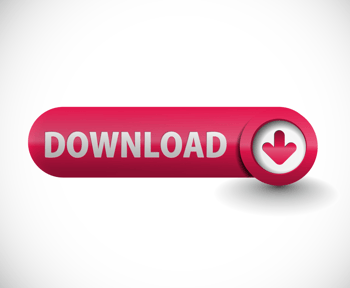 Another thing: make sure your call is active. Include verbs that will compel your lead to click. Tell them to do a thing, and with any luck, they'll do it. Ensure that it's attractive, with eye-catching colours (trust us, this makes a difference), and that it fits seamlessly into your design.
Another thing: make sure your call is active. Include verbs that will compel your lead to click. Tell them to do a thing, and with any luck, they'll do it. Ensure that it's attractive, with eye-catching colours (trust us, this makes a difference), and that it fits seamlessly into your design.
Additionally, make sure your service is clear, and ensure that the call matches the rest of the text on your website. You don't want any confusion regarding what you're offering. That alone can derail your lead conversion.
It can also be a good idea to have more than one call to action. Scatter them throughout your website to ensure visitors can see all the offers you have available.
The Landing Page
Consider the landing page a more elaborate version of your call to action. While your CTA should be a blurb or a short sentence advertising yourself, your landing page allows you the chance to go more in-depth regarding your services.
Just like your call to action, your landing page needs to describe exactly what it is you're offering. While you may be tempted to go with a snappy headline or a pun to get people's attention, don't. Get straight to the point, and your audience will thank you.
Since your CTA was too short to include much in the way of visuals, your landing page gives you the chance to include images of your offer. Even if you don't have a physical product to photograph, you should still include images of some sort. This will help break up your text and make your offer more digestible.
Additionally, make sure your copy is solid. Don't waste time on flowery language or metaphors. You're writing an advertisement here. You need to be persuasive, not novelistic.
While there's a time and a place for storytelling marketing, it doesn't fall into this type of lead conversion you're going for.

Remember: you want your landing page to be digestible while encouraging people to fill out the form it provides. This means you can't ramble on for paragraphs. A great way to break up the monotony is to use bullet points to indicate the benefits of what it is you're providing.
Combined with the right images and some perfect, clear copy, you'll have your leads flocking to the forms you provide in no time flat.
The Form
This almost goes hand in hand with your landing page, because it's on the same page.
Why do you need a form?
How else do you intend to get information from your leads? It seems like it would be obvious in lead conversion, but it's easy to forget some of the most essential steps.
You want to make sure you grab your clients' name and email address. Otherwise, the length of your form can vary depending on how close they are to the end of their home buyer's journey.
 Additionally, if you're drowning in leads (which hopefully you will be!) it can be difficult to determine whether you're getting the right ones. Longer forms can help with that.
Additionally, if you're drowning in leads (which hopefully you will be!) it can be difficult to determine whether you're getting the right ones. Longer forms can help with that.
The Thank You Page
After filling out your form, wouldn't it make more sense for your leads to be directed back to the homepage?
Absolutely not.
People like to know their form actually reached its destination, and that's the purpose of a thank-you page - beyond thanking your customer, of course.
Despite having captured the lead, you still need to include the offer on your thank-you page. You can also give them the chance to share it on social media. This is also a great point to talk about a follow-up offer or any other benefits you can provide them depending on where they are in the process.
You can also personalize this page! Including their name on the page can provide a great user experience, which can build a sense of trust.
The Confirmation Email
A confirmation email is a double reminder that you've received your lead's request. It's almost the end of the lead conversion process, but it can add a sense of professionalism and understanding to the whole thing.
Make sure your emails are personalized and remind them of the offer you're providing.
 Just like on your thank you page, this is a great time to discuss next steps with your lead. Follow-up offers can be included, or just tell them what to expect next in the process.
Just like on your thank you page, this is a great time to discuss next steps with your lead. Follow-up offers can be included, or just tell them what to expect next in the process.
The Follow-Up
The final step in lead conversion is to follow up with your leads. If they fall off toward the end of the process, you can scoop them back up.
Follow-ups draw attention back to your product. Again, make sure this is a personalized experience, and make sure that you're reaching out in a genuine way. This can help build trust with your client and help you gauge their interest.
If lead conversion were an exact science, there wouldn't be any need for walkthroughs such as this. However, as statistics continuously show, there is a multitude of things you can do to take charge of converting your leads.
The key things to take away here are to push your audience into being captured. Make them want whatever it is you're offering. When you've got them, make sure they have a personalized experience to ensure trust, and that they'll stick around for the long haul.
If you have questions regarding lead conversion, feel free to reach out.

